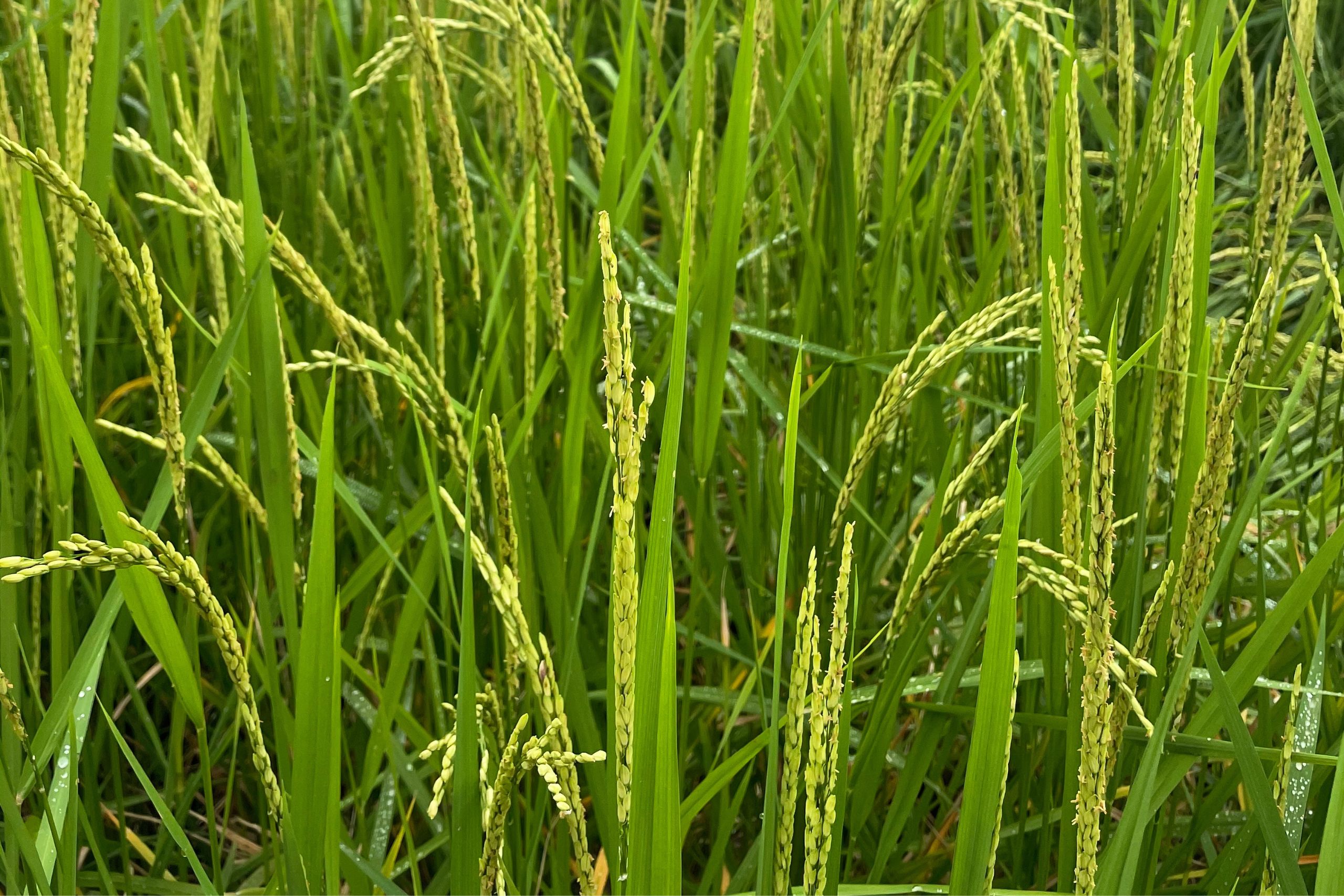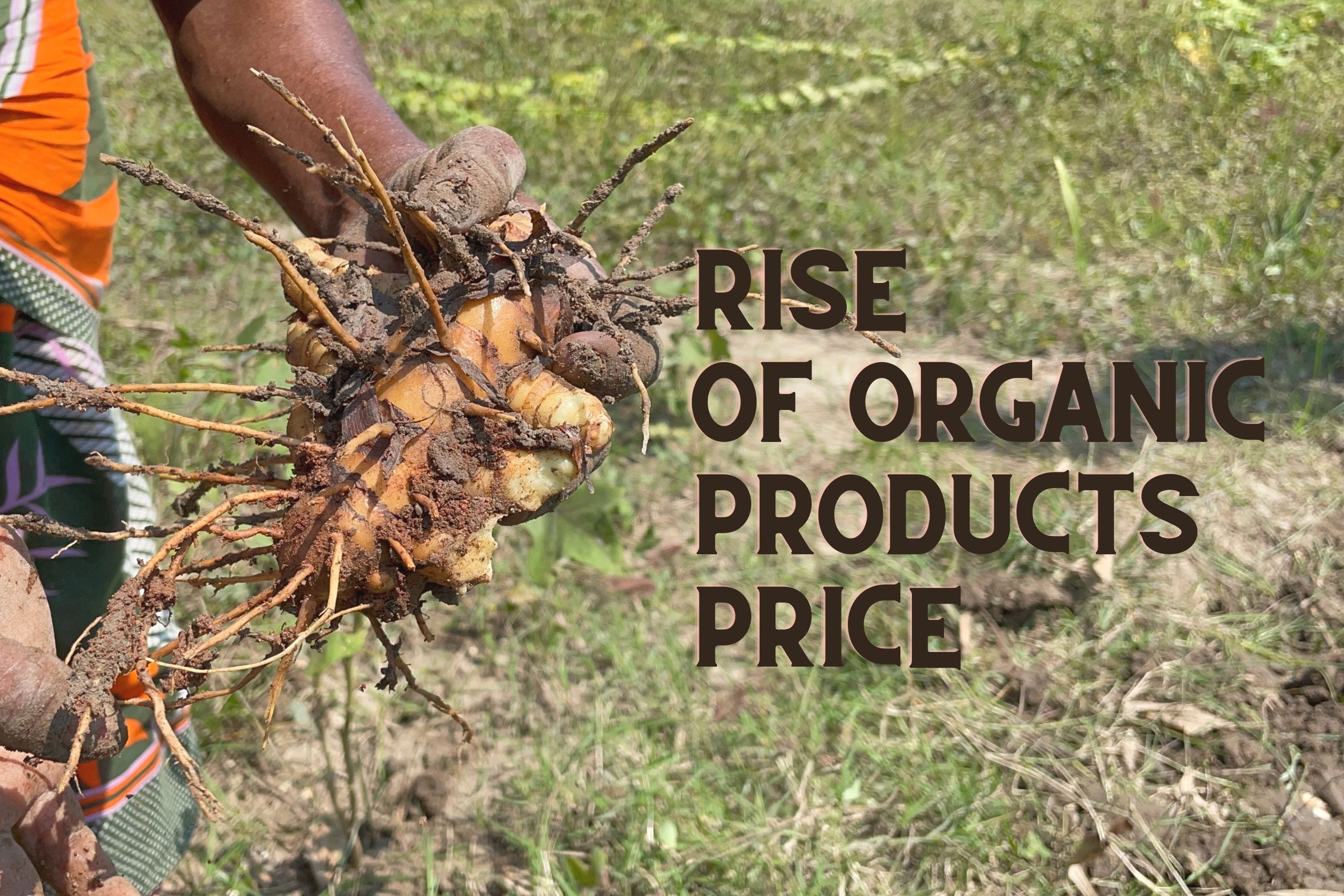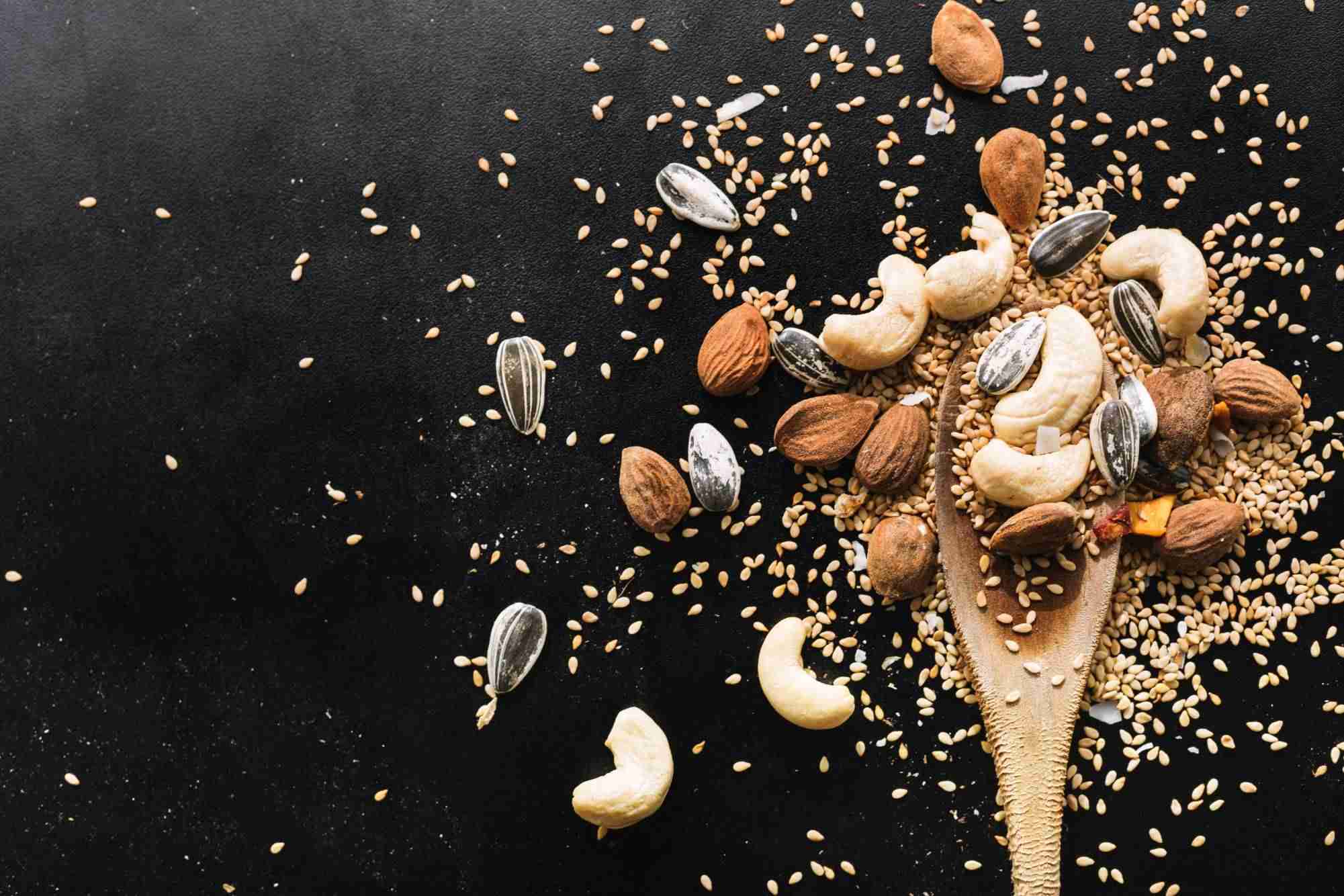Did you know the average meal travels about 1,500 miles to reach your plate? In our convenience-driven world, the “farm to table” concept is gaining traction. A recent survey shows that 72% of consumers prefer locally sourced food. This article explores the journey our food takes, emphasizing its environmental and community impacts. Are you ready to make informed choices?
2. The Beginning: Farming Practices
4. Farming Practices: Traditional vs. Modern
10. Benefits and Drawbacks of Each Approach
11. Impact on Food Quality and Sustainability
14. Supporting Local and Sustainable Food Systems
15. The Final Destination: Your Table
1. The Farming Stage
our food starts its journey on the farm. Whether it’s fruits, vegetables, or meat, how they’re grown and raised matters a lot. This step helps us understand how our food choices can help the environment and be good for animals
2. The Beginning: Farming Practices
Farming is the bedrock of our food supply. Traditional farming techniques passed down through generations, prioritize harmony with nature. In contrast, modern farming often incorporates technology to boost yields and combat pests.
Organic farming is a type of traditional farming that avoids using artificial chemicals. Instead, it uses natural ways to grow crops.
Additionally ancient practices like ‘Vrkshayurveda‘ emphasize nature’s symbiosis, while ‘Kaalai Kaal‘ uses lunar cues for sowing.
The ‘Panchakavya‘ mixture serves as a natural fertilizer, highlighting Tamil’s organic approach. Modern methods often lean on technology for yield. Yet, as health awareness grows, there’s a surge in demand for organic produce, echoing Tamil’s age-old wisdom.
According to G. Nammalvar, a prominent Indian organic farming expert, agricultural scientist, and environmental activist, the statement “Food that travels the least distance is best” reflects an important principle that organic food is good for health.
3. Crop Cultivation
Types of Crops Grown: Farms everywhere grow different crops like grains, fruits, and vegetables. What they grow depends on the weather, land, and what local people like. Understanding the regional focus of crops helps us appreciate the significance of consuming locally-grown produce.Example: In the delta regions of Tamil Nadu, during the cooler months of November to January, the loamy soil and moderate rainfall create ideal conditions for cultivating the nutritious ‘karuppu kavuni‘ rice.
Farming Techniques: Farming techniques have evolved from traditional methods, like crop rotation and natural pest control, to modern organic practices that avoid synthetic chemicals. Today’s precision agriculture further harnesses technology, using drones and sensors for efficient and sustainable crop growth.
Livestock Raising
Animal Welfare Considerations: People are now more worried about how animals are treated on farms. So, farmers are changing how they care for animals, making sure they are treated kindly and have enough space to move around.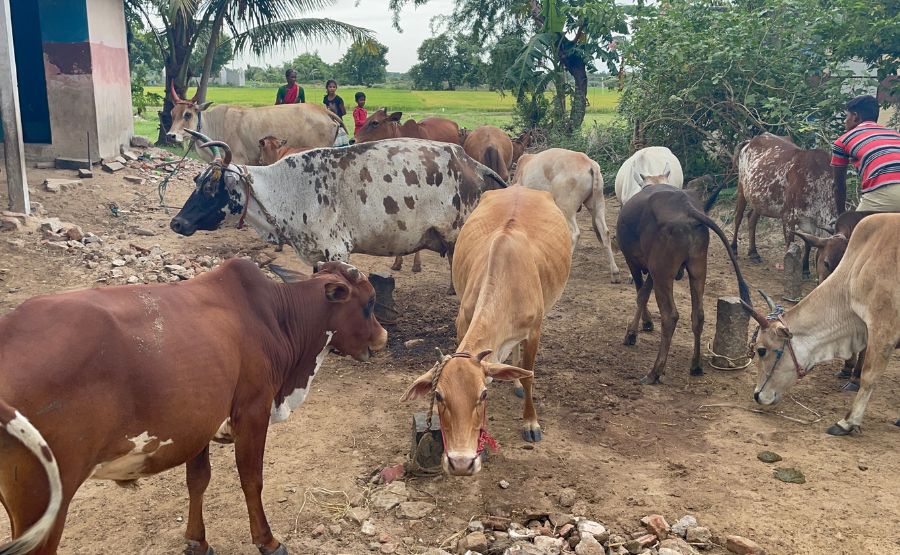
Sustainable Practices: The environmental impact of livestock farming is substantial. Sustainable practices like rotational grazing, organic feed, and reduced antibiotic use are explored as methods to mitigate these effects.
4. Farming Practices: Traditional vs. Modern
Aspect | Traditional Farming Practices | Modern Farming Practices |
Basis | Rooted in age-old methods and wisdom | Based on scientific research and technology |
Tools & Equipment | Hand tools, animal-driven plows | Mechanized equipment, drones, automated systems |
Seeds | Native, heirloom seeds | Genetically modified organisms (GMOs) |
Fertilizers | Natural (e.g., Neermor karaisal, manure, 'Panchakavya') | Synthetic, chemical fertilizers (eg . Muriate of potash, urea) |
Pest Control | Natural predators, herbal mixtures | Chemical pesticides, herbicides |
Watering | Rain-fed, traditional irrigation | Drip irrigation, sprinkler systems |
Yield | May be lower but more sustainable | Higher yield but may deplete soil health |
Soil Health | Enhanced by crop rotation, organic matter | Can be compromised by constant monoculture |
Environmental Impact | Lower carbon footprint, biodiversity-friendly | This can lead to higher emissions, reduced biodiversity |
Economic Aspect | Often labor-intensive, less initial investment | Higher initial investment can be more profitable |
5. Harvesting and Processing
The harvest is a critical phase in the farm-to-table journey During this phase, all the hard work and dedication of farmers culminate as they collect their ripe crops. After harvesting, these crops undergo processing to prepare them for distribution to markets and stores. By looking closely at these steps, we gain a deeper appreciation for the effort behind the fresh and sustainable food we consume.
6. Harvesting Methods

Manual Harvesting:
Using simple tools like sickles, manual harvesting allows for selective crop collection, ensuring quality. However, it’s labor-intensive and may not suit large-scale farms due to time constraints.
Mechanized Harvesting:
Machinery, such as combines, accelerates the harvesting process, which is ideal for vast agricultural areas. While efficient, it might sometimes compromise the selectiveness of crop maturity.
Harvesting Technology:
Modern agriculture benefits from smart machines with sensors and AI. These can precisely detect crop ripeness, optimize quality, and reduce waste, crucial for addressing global food demands.
7. Processing Facilities
Food Safety Standards: Processing facilities are subject to rigorous food safety regulations. Ensuring the quality and safety of processed foods is a critical aspect of the food supply chain.
Reducing Food Waste: Processing facilities also play a role in minimizing food waste by repurposing by-products and developing innovative ways to reduce waste at the source.
8. Packaging and Distribution
As your food moves from the farm to the processing facility and eventually, to your table, it goes through several phases of packaging and distribution. The methods employed here have significant implications for the environment and food quality.
Packaging Materials
Environmental Impact: Plastic, cardboard, glass, or sustainable alternatives? Different materials carry diverse environmental footprints, impacting our planet’s health.
Sustainable Packaging Options: Innovative packaging materials and designs that reduce waste, are biodegradable, or can be easily recycled.
Transportation
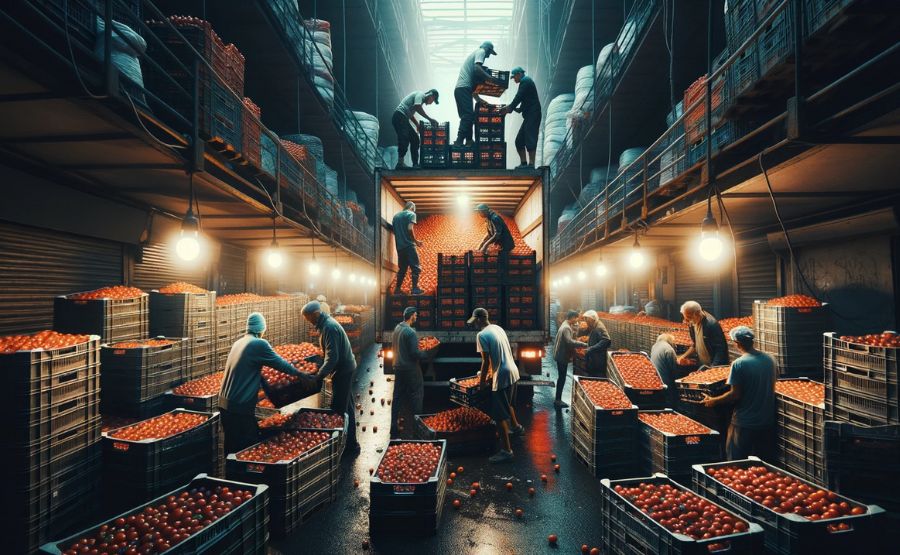
Modes of Transport: Your food travels by road, rail, sea, and air. Each mode has its advantages and drawbacks in terms of environmental impact and efficiency.
Distribution Networks: The complexity of distribution networks, including centralized and decentralized systems, and how they influence the availability and freshness of food.
9. Local vs. Global Sourcing
The choice between local and global sourcing is a matter of ongoing debate. This section highlights the advantages and disadvantages of each approach, revealing how it influences the quality, sustainability, and community support associated with the food we consume.
10. Benefits and Drawbacks of Each Approach
Local Sourcing: Supporting local farmers, reducing transportation emissions, and fostering a sense of community.
Global Sourcing: Access to a wider variety of products, cost efficiency, and year-round availability of certain foods.
11. Impact on Food Quality and Sustainability
Quality: Local sourcing often means fresher and more flavorful foods. Global sourcing can provide year-round access to out-of-season produce.
Sustainability: Reduced transportation emissions with local sourcing, but also the ability to support sustainable farming practices globally.
12. Consumers’ Role

As consumers, we hold significant power in shaping the food supply chain. Our choices at the grocery store and our preferences for locally grown, organic, and sustainably sourced products influence the food industry’s practices.
13. Making Informed Choices
Understanding Labels: Labels on food, like “organic” or “non-GMO,” is important. For instance, “fair trade” means the farmers were paid fairly. They tell us about the food’s quality and how it’s made. Knowing what these labels mean helps us choose better food.
Consumer Advocacy: People speaking up about what they want can change the food industry. When many ask for healthier food or better packaging, companies listen and make changes. So, what we say and buy can make our food better.
14. Supporting Local and Sustainable Food Systems
Farmers’ Markets: Farmers’ Markets are special places where local farmers sell their fresh food directly to people. These markets help farmers and promote food grown nearby. They also encourage farmers to grow food in a way that’s good for the earth. Shopping here helps both the environment and the local community.
Community-Supported Agriculture (CSA): Community-Supported Agriculture (CSA) is a unique way to support local farmers. Through CSA programs, people can pre-pay for a season’s worth of farm products. This not only ensures fresh, local produce for consumers but also gives farmers a reliable income.
15. The Final Destination: Your Table
Once in our kitchens, the final transformation occurs. Cooking techniques can either enhance or diminish the nutritional value of food. For instance, boiling vegetables might leach out essential vitamins, while steaming retains them. It’s crucial to store and cook food properly to maximize its health benefits.
16. Conclusion
The journey of food, from the farm to your table, is far more intricate and multifaceted than we might imagine. Understanding each stage of this journey empowers consumers to make informed choices that align with their values, whether those values prioritize sustainability, health, or supporting local communities. By tracing the path of our food, we can all play a role in shaping a more responsible and conscientious food supply chain.



